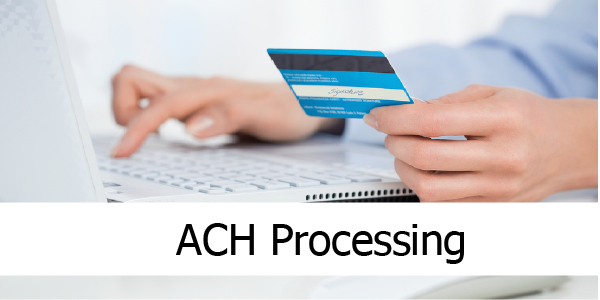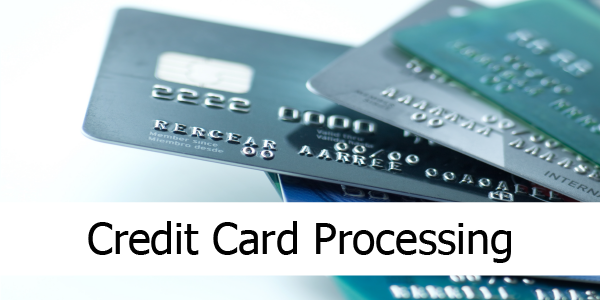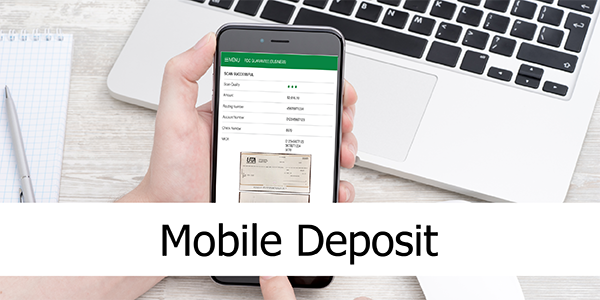Easing SMBs’ Digital Transformations Through Online Payment Acceptance

Among the numerous ways, small businesses have been affected by the global pandemic, the sudden race to launch online operations has been among the most profound — and may ultimately be among the most long-lasting changes to the SMB community.
Banks, FinTechs and small business solution providers have rallied around the effort to ease the digitization transition. But while there are many tools at entrepreneurs’ disposal to make the shift, it can still be difficult to draw the most logical and frictionless roadmap to business model digitization that will alter the course of many small businesses’ futures long after the pandemic.
A Digitization Strategy
For small businesses that were suddenly thrust into the position of having to migrate online, the pressure was immediate and intense. 31.6 percent of SMBs expect to rely “much more” on eCommerce after the pandemic.
It’s an immediate priority for SMBs across industries to adjust their business models for a digital platform. From gyms introducing virtual workout classes to healthcare providers embracing telehealth technology, the digital shift is a requirement to keep business running.
The Payments Path
For SMBs, the ability to sell online isn’t necessarily dependent on a proprietary website, thanks to platforms like Facebook, Instagram, and other pre-built digital venues. The most important first step is to enable online payment acceptance and leave the work of setting up a website for later down the digitization road.
For B2B sellers, a key focus when establishing online payment acceptance is to ensure that workflows and experiences are optimized both for the small business itself as well as its customers. One strategic way of accomplishing this is to marry payment acceptance with eInvoicing, a function that often benefits the B2B commerce space even more than B2C.
Opportunities for value-added features through the coupling of eInvoicing and payment acceptance can include automatic payment reminders and notifications of unpaid bills sent to buyers.
The User Experience Focus
Flashy websites and stylish online stores can help to ensure that the digitization of a business model is successful. But as digital transformations progress, B2B companies are increasingly understanding the importance of user experience — not only in online shopping, but also in the online payment workflow.
Again, this focus on user experience can be applied to both ends of a B2B transaction. For sellers, the user experience of any third-party online payment acceptance and processing service provider must ensure seamless integration with the back office, support for data collection and accounting, and features to combat late payments.
For B2B buyers, meanwhile, the payment experience can be the difference between completing a sale and turning to a competitor that involves less friction in the process. Online payments acceptance and the user experience to continue to play a prominent role for businesses in a post-pandemic world.
Source: PYMNTS.COM









